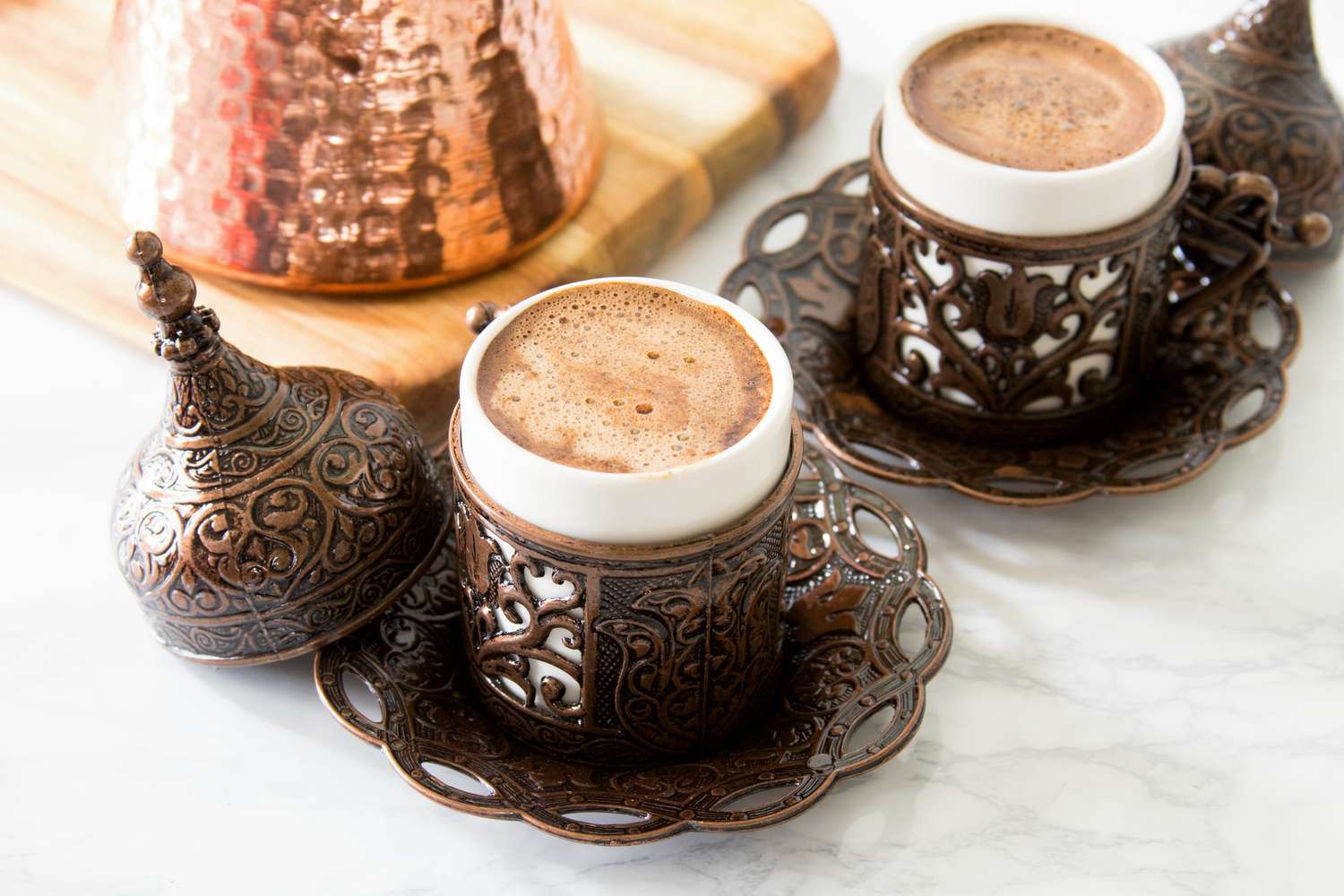
What is Turkish Coffee?
What is Turkish Coffee?
- Sophia Williams
- 06-08-2024
- 23-07-2025
- 2075 views
- Coffee Shop

Turkish coffee is more than just a beverage; it’s a cultural experience steeped in tradition and history. Originating from the Ottoman Empire, this unique brewing method has been passed down through generations, captivating coffee lovers with its rich flavor and distinctive preparation. In this blog, we’ll explore the origins of Turkish coffee, its preparation process, the cultural significance, and tips for brewing the perfect cup at home.
Origins and History
Turkish coffee has a storied history that dates back to the 16th century when it was introduced to the Ottoman Empire. Legend has it that the first coffeehouse in Istanbul opened in 1554, becoming a hub for intellectuals and social gatherings. The method of preparing coffee in a cezve, a small pot specifically designed for Turkish coffee, quickly became popular throughout the empire and beyond.
The Unique Preparation Process
What sets Turkish coffee apart is its unique preparation method, which involves finely ground coffee beans, cold water, and often sugar, all brewed together in a cezve. Here’s a step-by-step guide to making Turkish coffee:
Ingredients:
- 1 cup cold water (use the demitasse cup you’ll be serving in)
- 1 tablespoon finely ground Turkish coffee
- Sugar (optional, to taste)
- Cardamom (optional, for extra flavor)
Instructions:
- Measure Water: Use the demitasse cup you’ll be serving in to measure the right amount of cold water and pour it into the cezve.
- Add Coffee: Add a heaping tablespoon of finely ground Turkish coffee to the cezve. If you prefer your coffee sweet, add sugar at this stage. You can also add a pinch of cardamom for a traditional touch.
- Mix and Heat: Stir the mixture well before placing the cezve on low heat. It’s essential to cook Turkish coffee slowly to allow the flavors to develop fully.
- Foam Formation: As the coffee heats, a thick foam will form on the surface. Before it reaches a boil, remove the cezve from the heat and spoon some of the foam into your serving cup. This foam is a hallmark of Turkish coffee.
- Repeat Heating: Return the cezve to the heat and let it foam again. Remove before it boils over, then pour the coffee into your cup, ensuring the foam remains on top.
- Serve and Enjoy: Allow the coffee grounds to settle for a minute before enjoying your Turkish coffee. It’s traditionally served with a glass of water and a sweet treat, like Turkish delight.
Cultural Significance
Turkish coffee is more than just a drink; it’s a symbol of hospitality and social connection. Serving Turkish coffee to guests is a gesture of friendship and respect. In Turkish culture, it’s also a central part of social gatherings and family traditions. The ritual of preparing and sharing Turkish coffee has deep roots, and it often involves fortune-telling, where the patterns of the coffee grounds left in the cup are interpreted.
Turkish Coffee and Fortune Telling
One fascinating aspect of Turkish coffee culture is the practice of tasseography, or coffee fortune-telling. After drinking, the coffee cup is inverted onto the saucer, and once cooled, the patterns of the grounds are read to predict the drinker’s future. This practice adds an element of mystique and fun to the coffee experience.
Brewing Tips for Perfect Turkish Coffee
To ensure your Turkish coffee is as authentic and delicious as possible, here are some tips to keep in mind:
- Use the Right Coffee: Turkish coffee requires very finely ground coffee beans, almost like a powder. Specialty coffee shops or online stores often carry Turkish coffee beans and grinders.
- Cold Water is Key: Always start with cold water, as it allows the coffee to heat slowly and develop its rich flavor.
- Slow and Steady: Heat the cezve on low heat to prevent the coffee from boiling too quickly. This slow brewing process is crucial for creating the thick foam and rich taste.
- Don’t Stir After Heating: Once the coffee starts heating, avoid stirring to maintain the foam.
- Patience with Grounds: Give the coffee grounds a minute to settle before drinking to avoid a gritty texture.
Modern Adaptations
While traditional Turkish coffee remains a beloved classic, modern adaptations have emerged, blending the old with the new. Some cafes experiment with different flavors, adding spices like cinnamon or cocoa for a unique twist. Additionally, Turkish coffee is now enjoyed globally, with variations catering to diverse tastes while preserving the essence of the original brewing method.
Conclusion
Turkish coffee is a rich, flavorful beverage that transcends the simple act of drinking coffee. It embodies a blend of history, culture, and tradition that has been cherished for centuries. By understanding its origins, mastering its unique preparation process, and appreciating its cultural significance, you can fully enjoy and respect this remarkable coffee experience. Whether you’re brewing it at home or savoring it in a traditional coffeehouse, Turkish coffee offers a taste of history in every cup.






















